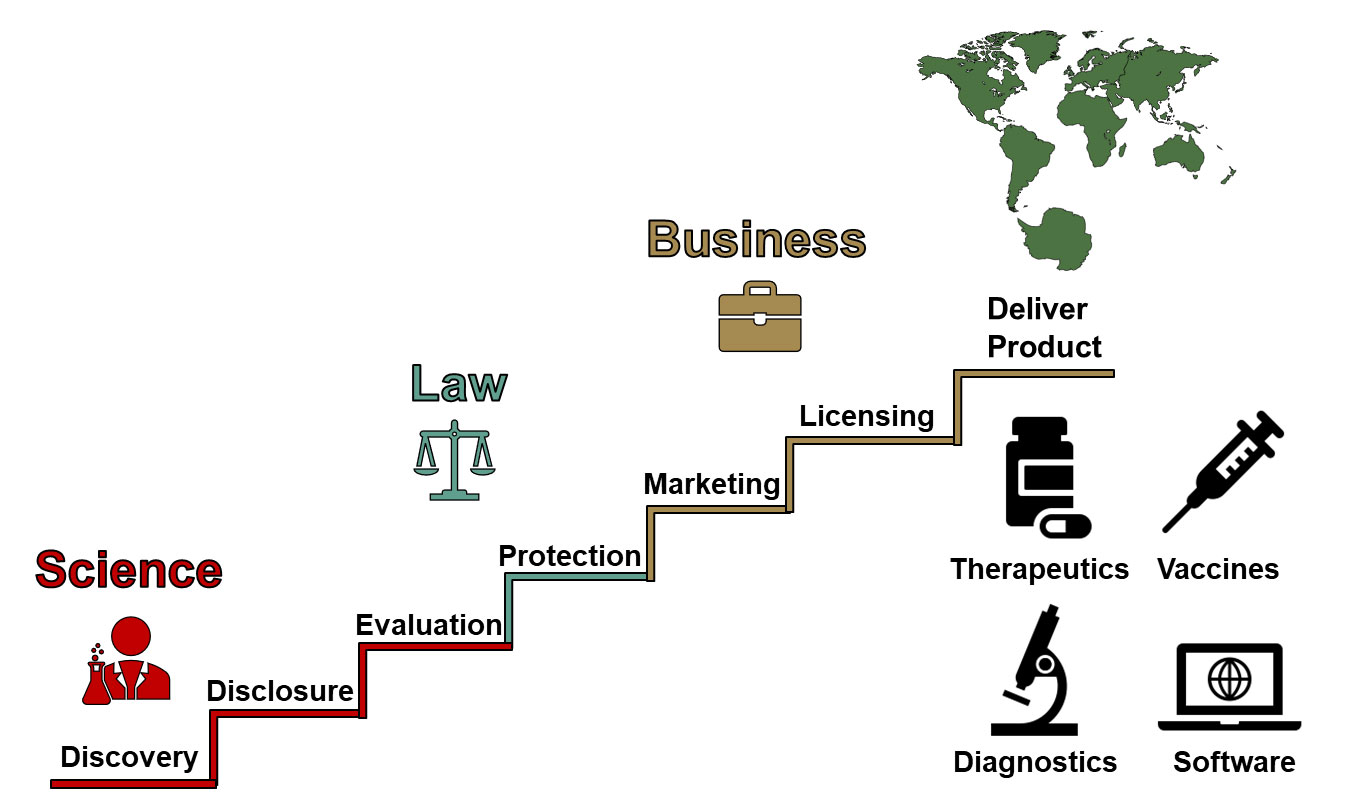

Copenhagen, 19 April 2024
The Climate Technology Centre and Network (CTCN) today marks 10 years of technology and innovation for adaptation, mitigation, and resilience – in that time, thanks to donor governments and partners, the CTCN has funded over 300 technical assistance projects across 112 developing countries to help them meet their sustainable development commitments under the Paris Agreement.
CTCN’s Contribution to Sustainable Development Goals
- Goal 1: No Poverty
- Goal 3: Good Health and Well-being
- Goal 7: Affordable and Clean Energy
- Goal 9: Industry, Innovation, and Infrastructure
- Goal 11: Sustainable Cities and Communities
- Goal 13: Climate Action
- Goal 17: Partnerships for the Goals
CTCN’s Work over the Past Decade
- Developing green building standards in Zimbabwe
- Drought risk modeling in Saint Kitts and Nevis
- Industrial energy efficiency in Pakistan
- Developing a policy on e-mobility in the Solomon Islands
- Designs for flood management in Burundi to protect crops from the effects of increasing climate catastrophes
“Technology is key when developing countries are transitioning towards a low-carbon and sustainable economy. CTCN paves the way through country-specific advice and support that can drive new climate technology solutions,” said Dan Jørgensen, Minister for Development Cooperation and Global Climate Policy, Denmark.
In his address, Simon Stiell, Executive Secretary of the UNFCCC, said: “The next two years are make or break for climate action. By early next year, Parties must submit new and more ambitious Nationally Determined Contributions – national climate plans under the Paris Agreement. These plans will be some of the most important climate documents of the 21st century. With its unique ability to provide technical assistance all around the world, the CTCN must contribute to the implementation of these new and better NDCs.”
The urgent call for action resonates strongly with the founding principles of the CTCN, which emerged from the Conference of Parties’ vision to leverage technology in the fight against climate change. The CTCN bridges the gap between existing technologies and their deployment in member nations. Through technical assistance to pilot projects that catalyze broader transformation and innovation, the CTCN paves the way for the replication and scaling up of successful models through derisking investments and attracting increased private sector investment.
About the UN Climate Technology Centre and Network (CTCN)
The CTCN is the implementation arm of the United Nations Framework Convention on Climate Change Technology Mechanism and is headquartered in Copenhagen, Denmark. The CTCN, which is hosted by the UN Environment Programme, promotes the accelerated development and transfer of climate technologies for energy-efficient, low-carbon, and climate-resilient development, and mobilizes the expertise of a global network of over 760 civil society, finance, private sector, and research institutions to deliver technical assistance and capacity building at the request of developing countries.
About the UN Environment Programme (UNEP)
UNEP is the leading global voice on the environment. It provides leadership and encourages partnership in caring for the environment by inspiring, informing, and enabling nations and peoples to improve their quality of life without compromising that of future generations.
Contact Information
News and Media Unit, UN Environment Programme
SDGs, Targets, and Indicators Analysis
1. Which SDGs are addressed or connected to the issues highlighted in the article?
- SDG 7: Affordable and Clean Energy
- SDG 9: Industry, Innovation, and Infrastructure
- SDG 11: Sustainable Cities and Communities
- SDG 13: Climate Action
- SDG 17: Partnerships for the Goals
The article discusses the work of the Climate Technology Centre and Network (CTCN) in funding technical assistance projects to help developing countries meet their sustainable development commitments under the Paris Agreement. These commitments are related to clean energy, innovation, infrastructure, sustainable cities, climate action, and partnerships for achieving the goals.
2. What specific targets under those SDGs can be identified based on the article’s content?
- SDG 7.2: Increase the share of renewable energy in the global energy mix
- SDG 9.4: Upgrade infrastructure and retrofit industries to make them sustainable
- SDG 11.5: Reduce the impacts of natural disasters and ensure access to basic services
- SDG 13.2: Integrate climate change measures into national policies, strategies, and planning
- SDG 17.16: Enhance the global partnership for sustainable development
The CTCN’s work aligns with these targets by promoting the development and transfer of climate technologies, improving infrastructure sustainability, reducing the impacts of climate disasters, integrating climate change measures into policies, and fostering global partnerships for sustainable development.
3. Are there any indicators mentioned or implied in the article that can be used to measure progress towards the identified targets?
- Share of renewable energy in the global energy mix
- Number of infrastructure upgrades and retrofits for sustainability
- Reduction in the impacts of natural disasters
- Integration of climate change measures in national policies and planning
- Level of engagement and collaboration in global partnerships for sustainable development
While the article does not explicitly mention these indicators, they can be used to measure progress towards the identified targets. For example, the share of renewable energy can be measured through data on the percentage of renewable energy sources in the global energy mix. The number of infrastructure upgrades and retrofits can be tracked through project reports and evaluations. Reduction in the impacts of natural disasters can be measured by analyzing data on disaster occurrences and their consequences. The integration of climate change measures can be assessed by reviewing national policies and planning documents. The level of engagement and collaboration in global partnerships can be evaluated through surveys and assessments of partnership activities.
Table: SDGs, Targets, and Indicators
| SDGs | Targets | Indicators |
|---|---|---|
| SDG 7: Affordable and Clean Energy | 7.2: Increase the share of renewable energy in the global energy mix | Share of renewable energy in the global energy mix |
| SDG 9: Industry, Innovation, and Infrastructure | 9.4: Upgrade infrastructure and retrofit industries to make them sustainable | Number of infrastructure upgrades and retrofits for sustainability |
| SDG 11: Sustainable Cities and Communities | 11.5: Reduce the impacts of natural disasters and ensure access to basic services | Reduction in the impacts of natural disasters |
| SDG 13: Climate Action | 13.2: Integrate climate change measures into national policies, strategies, and planning | Integration of climate change measures in national policies and planning |
| SDG 17: Partnerships for the Goals | 17.16: Enhance the global partnership for sustainable development | Level of engagement and collaboration in global partnerships for sustainable development |
Source: unep.org







